“One ʻohana, sharing aloha.” When you come to the Polynesian Cultural Center, you will hear this phrase many times. Some might consider it a slogan designed to be catchy and fun, but it goes far deeper than that. It is the principle upon which the Polynesian Cultural Center is built, and speaks to a mindset that we hope will touch—and even infuse—everyone who comes here. So what does it mean?
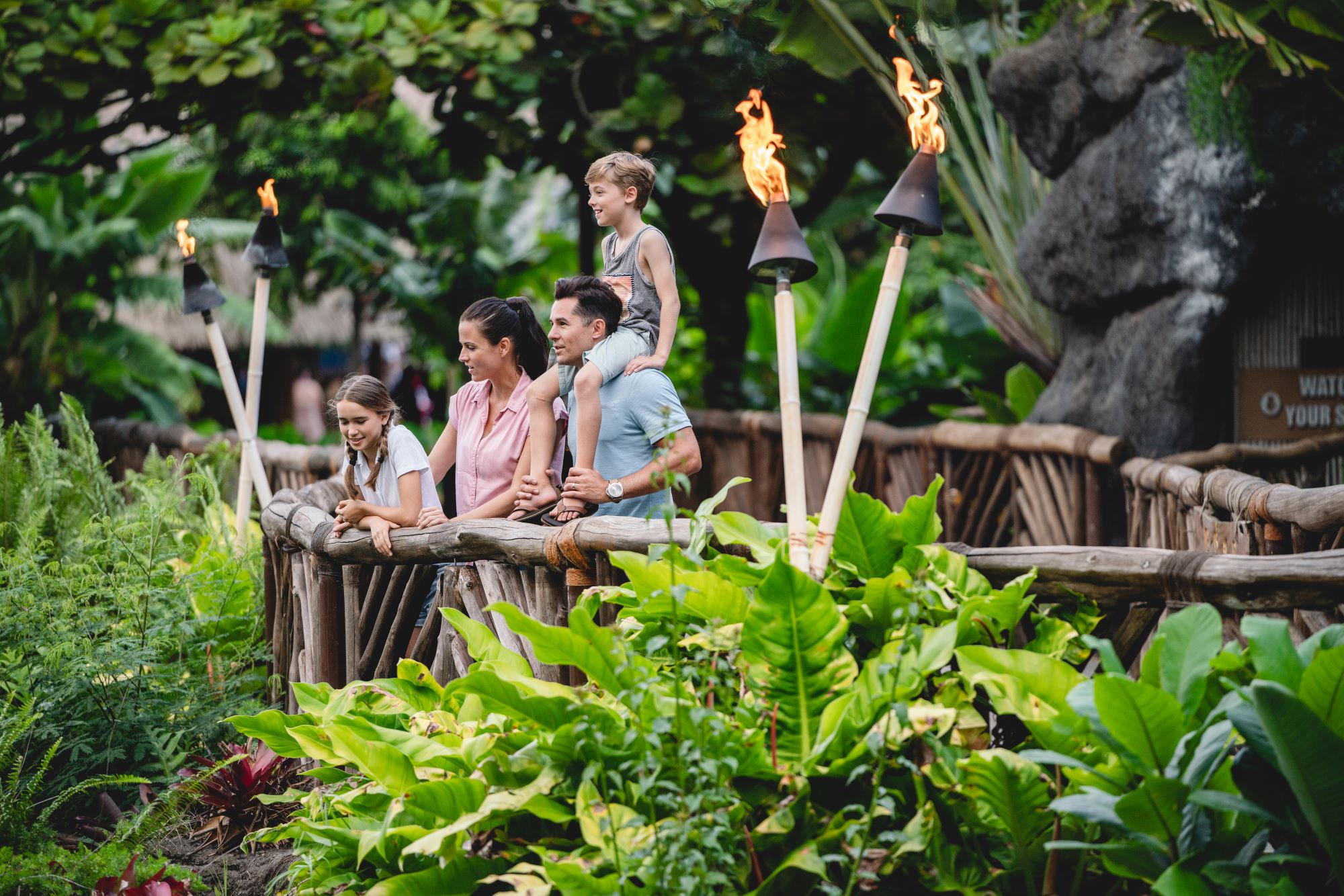
Respecting the environment ensures that all visitors will be able to enjoy it.
What Is ‘Ohana?
What makes Hawaiʻi special? It’s not just the beauty or the mild climate. It’s not just the ocean or any other singular element. There is something that underlies the very existence of the Islands that goes far deeper than any of these. It’s ‘ohana.
To understand what this means, it helps to understand the concept of ‘ohana and how it evolved.
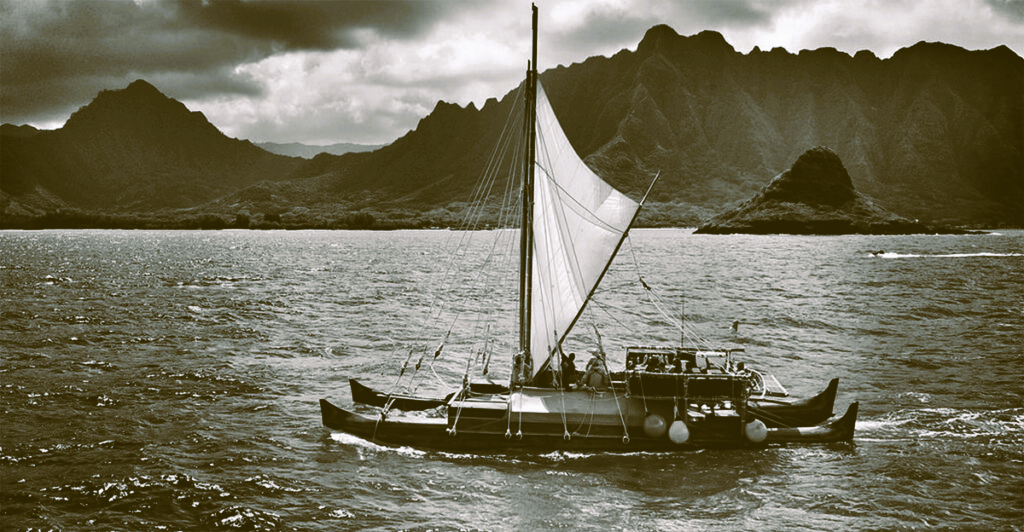
The Ancients mastered sea navigation to discover and populate islands throughout the Pacific.
The History
Centuries ago, there were small bands of people on isolated islands throughout the Pacific. In order for their civilizations to survive, they developed wayfinding skills—sailing the open ocean, navigating by the stars, the winds, the birds, and other cues. Exploring in this way, the people found other islands—some populated, and some capable of supporting life. Over time and through various means, groups of islands merged into nations. Thus, Aotearoa, Fiji, Hawaiʻi, Samoa, Tahiti, Tonga, Micronesia, and other societies came to be.
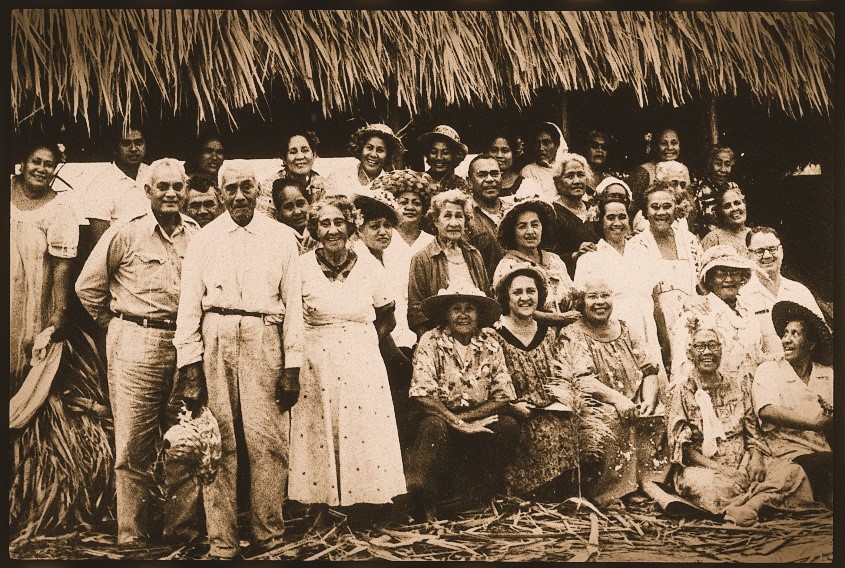
The peoples of the islands became groups over time.
As these peoples became joined, they had to adapt to the customs and beliefs of the other groups. They determined through trial and error, as well as through the decisions of their rulers, which practices to keep and which to discard. Learning to live together in harmony created a family-like environment. This might be likened to marriage: when two people are joined, each brings the customs, behaviors, and traditions of their life up to that point to the union. If a marriage is going to be successful, each partner must recognize what works well for the whole and keep those behaviors and traditions that foster peace. They will also likely create new traditions that build upon their shared experience. That is how each family (‘ohana) becomes a new and individual entity.
Because this history extends back many generations, we find that people from specific island nations can be both fiercely proud of their heritage and very welcoming to others who are interested in joining their ranks. For many it’s not even a conscious thought to accept others; it’s engrained. It’s the path of action that naturally comes to mind when a “stranger” enters the picture.
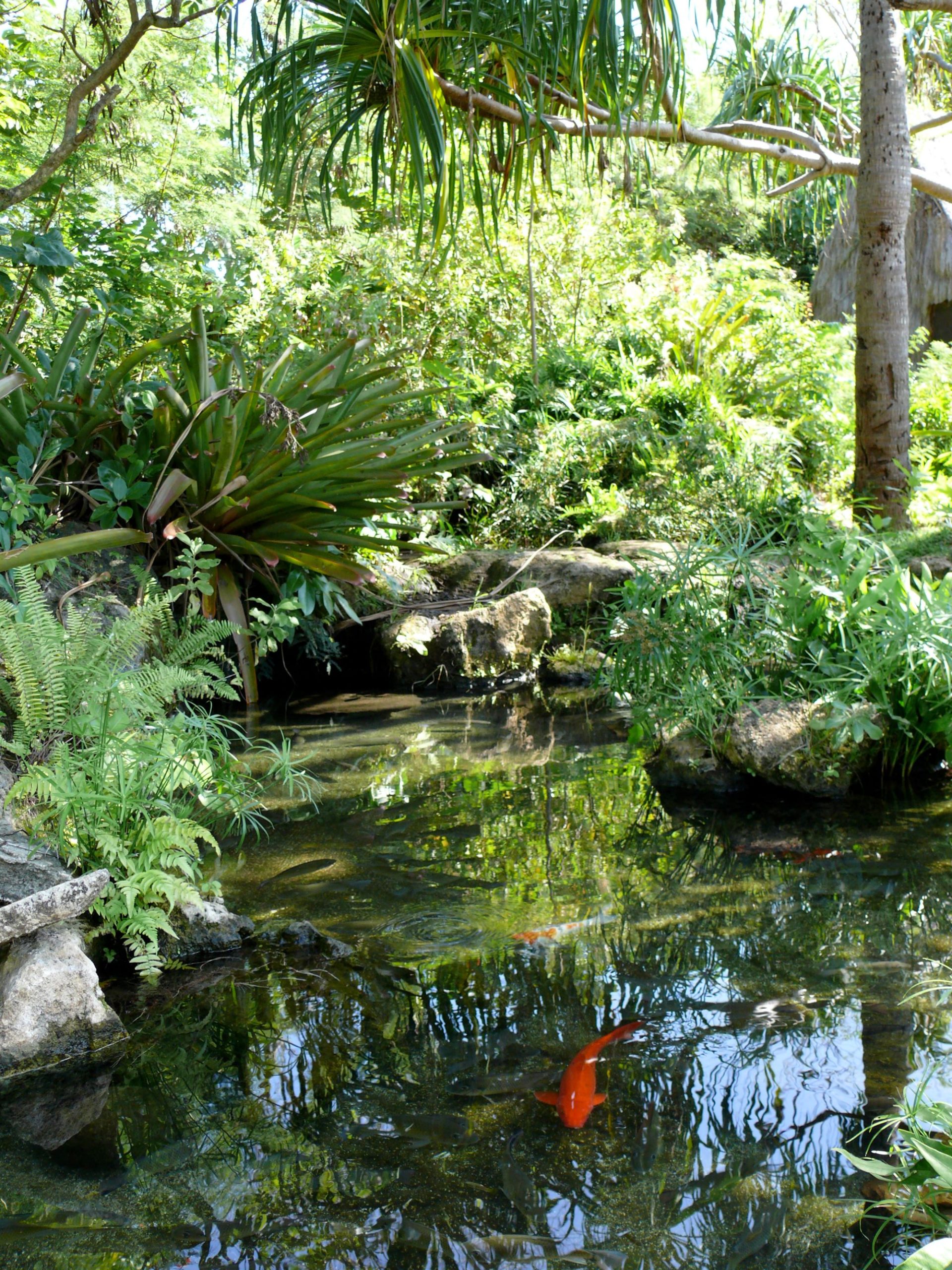
The beauty that surrounds us requires care.
The Mindset
This is the mentality one walks into when visiting the Islands—people whose natural inclination is to accept others into the ‘ohana with love and respect. They assume that visitors are here to enjoy the wonders of these places, and to be accepted. They expect that these new members of the ‘ohana also have the good of the whole at heart, and will enter the family with humility, respecting those norms that have been established over many generations. This spirit is a real thing; so real that even newcomers can feel it.
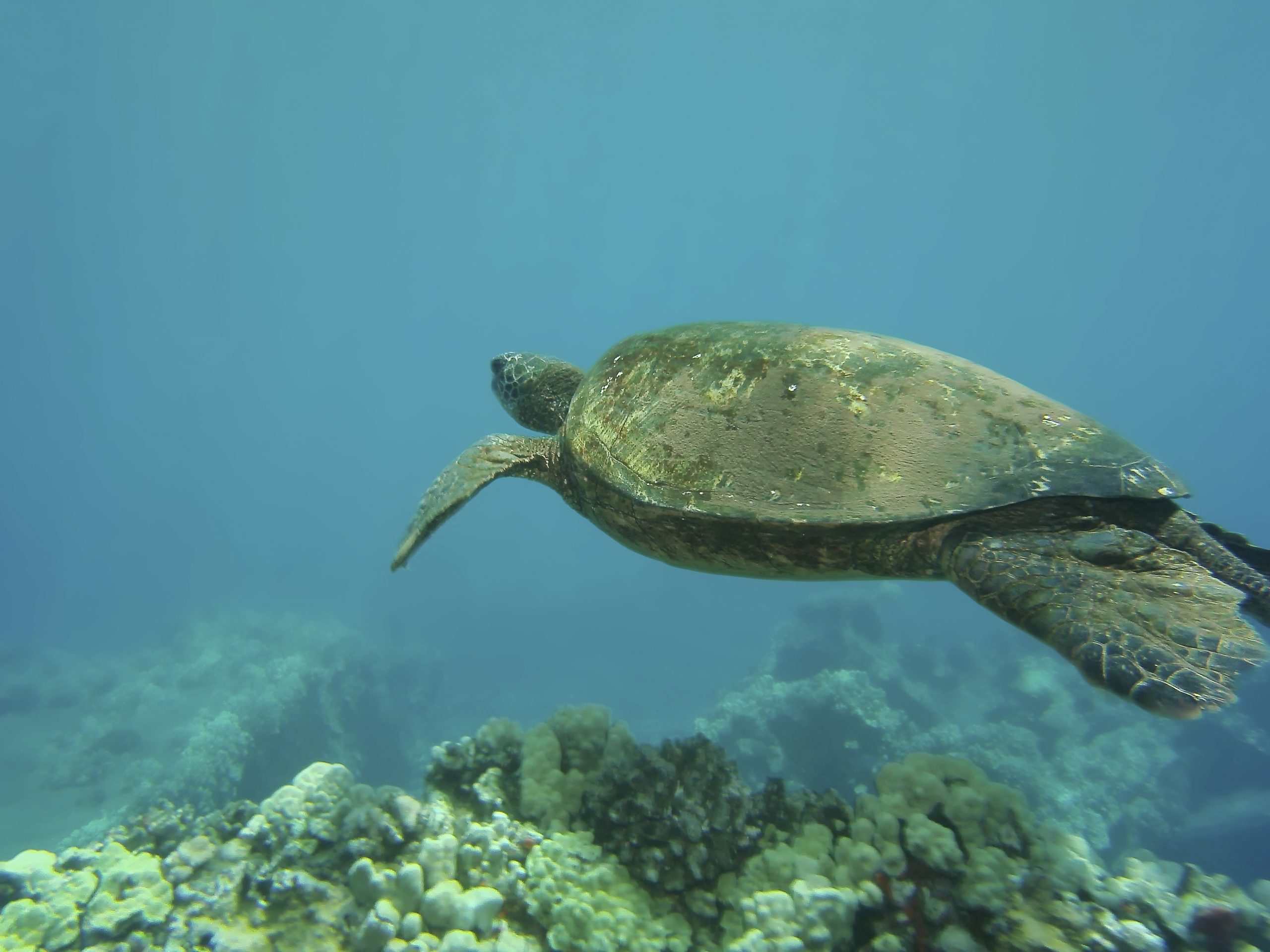
Two of Hawaiʻi’s treasures: sea turtles and coral reefs
The Human Effect on Environmental Standards
Central to that respect is attention to the ecosystem. The balance of life on an island is fragile. An island is a small space that must support many forms of life— botanical, animal, fowl, insect, and human—and it has limited ability to do so. Likewise, the ocean that surrounds the island must support everything from algae to seaweed to coral reefs to fish to mammals, all within narrow parameters that support all of those lifeforms. Nature is strong and resilient and has adapted to changes in the world throughout time, but there are limits to which even Mother Nature must bend.
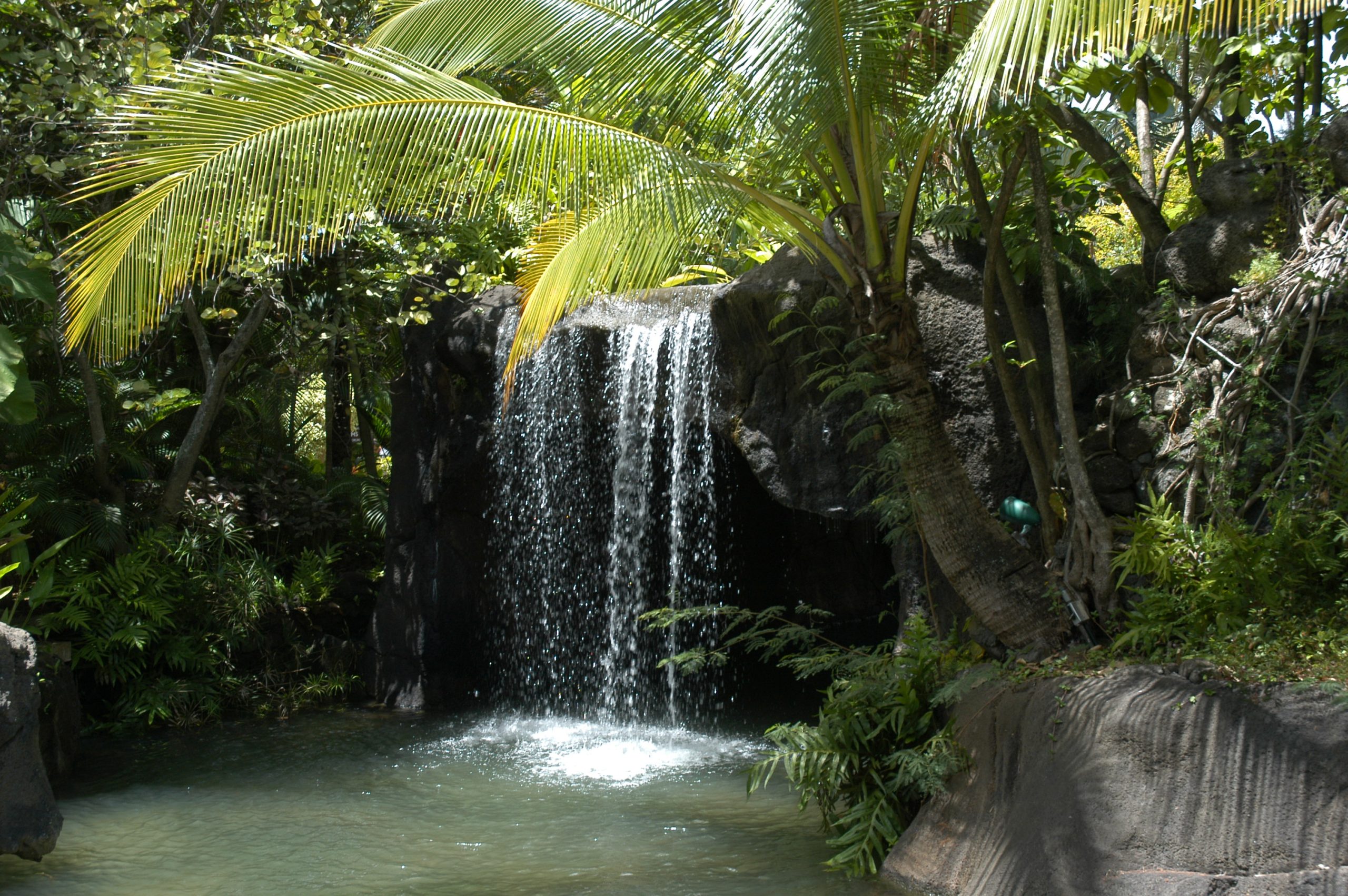
The ecosystem is fragile and requires care.
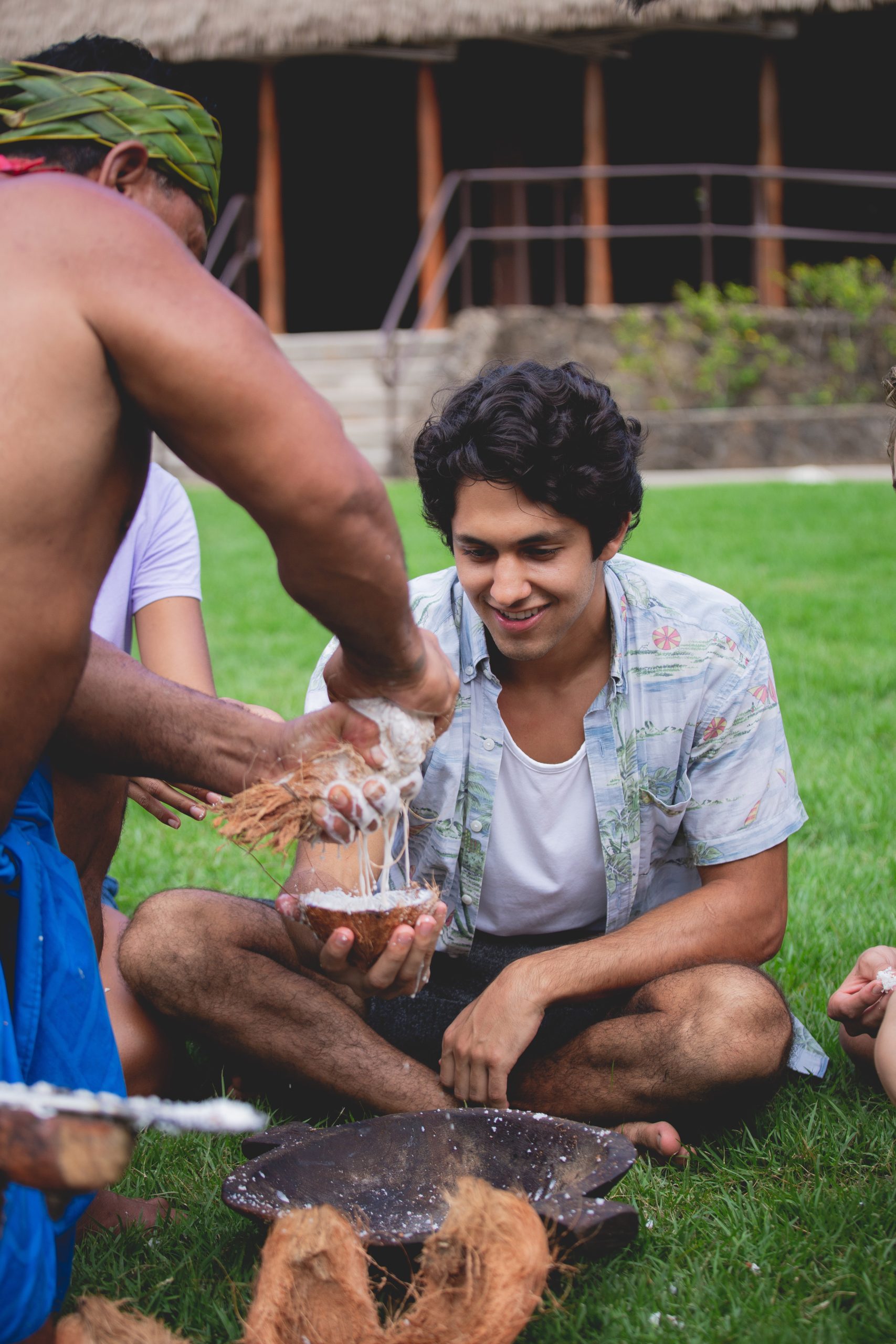
One meaning of “aloha” is sharing with everyone, as family (‘Ohana).
What Is Aloha?
According to RobertshHawaii.com, “alo” means “presence” and “Hā” means “breath.” So “aloha” translates to “The presence of breath” or “breath of life.”
Naturallyaloha.com states, “[Aloha] is recognizing the life in ourselves and others, and, more importantly, the love that flows through all things. Ancient Hawaiians had this concept of mana, or energy, that flows in everything. In Christian religion, this mana could be understood as spirit. The greater our love, the greater the mana…. Aloha is basically charity: withholding judgment and loving unconditionally.”
Queen Lil’uokalani said, “Aloha is to learn what is not said, to see what cannot be seen, and to know the unknowable.” (She also insisted that “aloha” be pronounced simply, without the extended “alo-o-o-o-o-ha” that is often heard today. When one understands the depth of meaning and reverence she had for the word, one can understand why.)
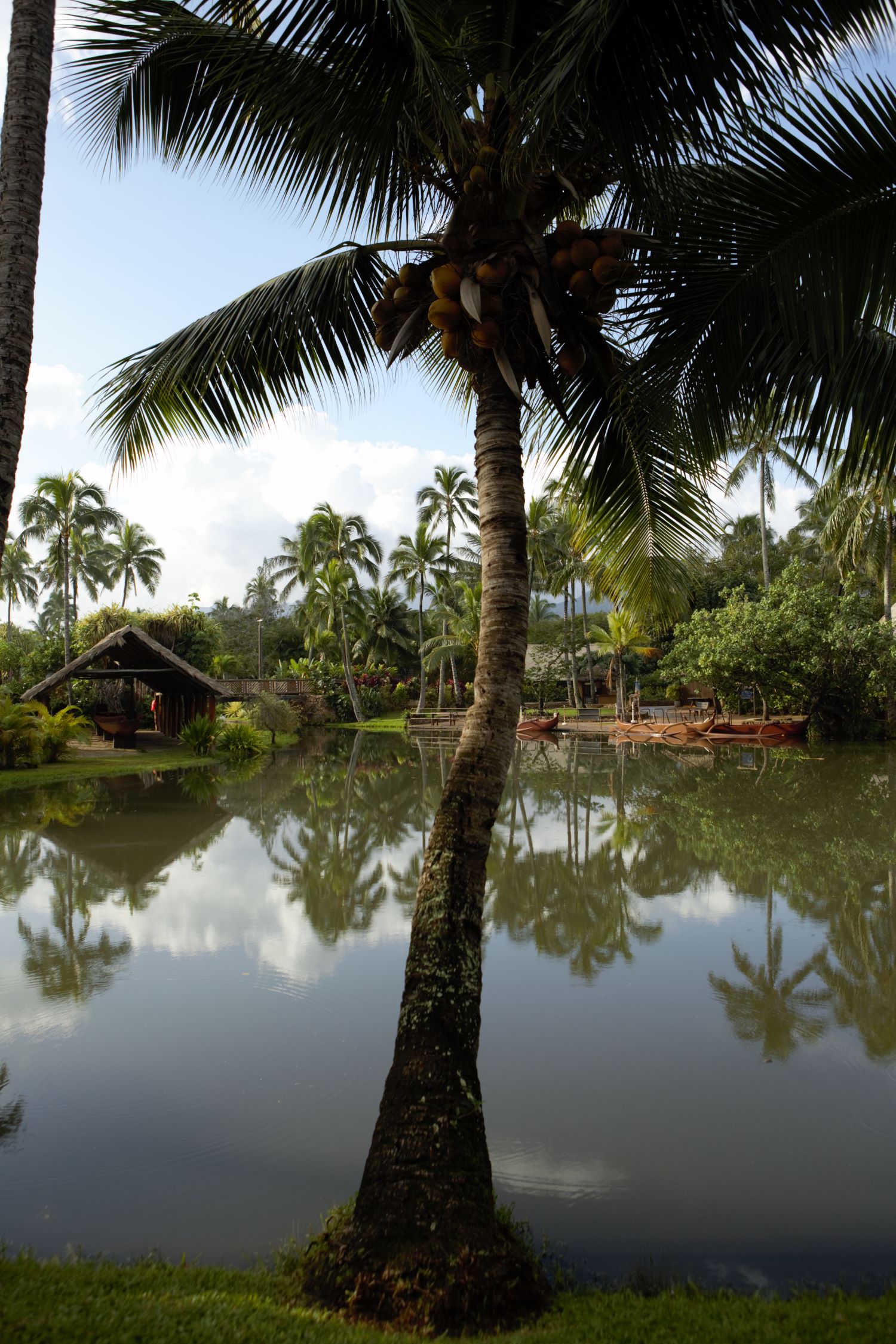
The culture and the language run deep.
Deeper Meaning
Terry Paneʽe, Cultural Specialist for the Polynesian Cultural Center’s Island of Hawaiʻi, offers this insight:
“Aloha” can be a noun ([representing] an object that can be given, received, and shared)….“Aloha” [can also be] a transitive verb (an action done to someone or something). Being loving, kind, charitable, and compassionate, are actions of aloha. It [can also be] a stative verb (an action that is completed). “Mercy,” “sympathy,” and “grace” are also definitions of aloha. Yes, aloha is used as a salutation or greeting; however, when we say “Aloha ʻoe,” it means, “May you be loved and welcomed.” “Aloha Kāua” means, “May there be friendship and love between the two of us.” “Aloha Kākou” means the same, but for more than one person. Like all of our Polynesian family, our greetings carry a lot more than just “hello” and “goodbye.”
In this context, it is easy to see the connection between aloha and ‘ohana.
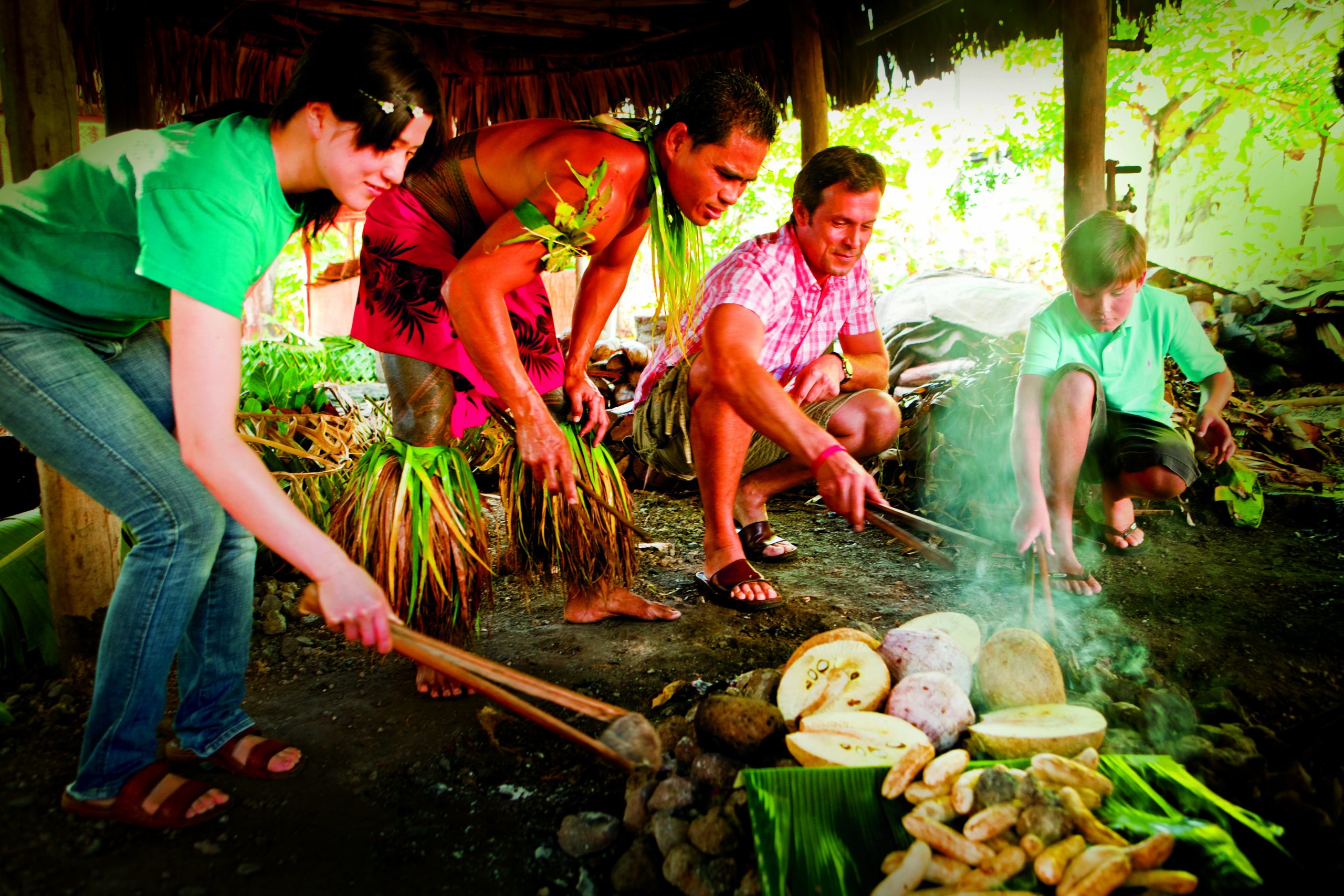
Guests get a cooking lesson in the Polynesian Cultural Center’s Island of Samoa.
How to Be a Caring Member of the ‘Ohana, with Aloha
Maʽafu Latu-Vaki, Cultural Specialist for the Center’s Island of Tonga, and Walter Tonga, Tonga Island Manager, suggest some ways to become a more informed member of the ʻohana. First, talk to the people who are from the islands. While at the Center, try to see the Center’s Islands through the eyes of the people who work in the villages. Ask them about their cultures. The Polynesian Cultural Center is full of hearts filled with aloha for the ‘ohana—which includes the thousands of people they meet every day.
We encourage our guests to be curious, to be eager and willing to ask and learn about other cultures with respect. So much of peoples cultures are nuanced. For example, the tour guides in our Tongan Island Village do not always wear taʽovala (the woven wrap that is an important part of the native costume). This may just seem an odd inconsistency, but it actually has a deep meaning. Tongans do not wear the taʽovala when they are on the water as they are too valuable to risk damaging.
Visitors can ask about customs that are important to the locals, like staying off certain landscaped areas; leaving beaches as clean as (or cleaner than) you found them; keeping a respectable distance from sea turtles and other wildlife; showing veneration for others, especially older people; or removing shoes before entering a home. Actions speak very loudly about whether or not a person understands aloha. To embrace the inclusion that Polynesian people offer, visitors should be willing to show their mutual willingness to respect all aspects of the island environment.
The Polynesian Cultural Center is proud to be “One ʻOhana, Sharing Aloha”
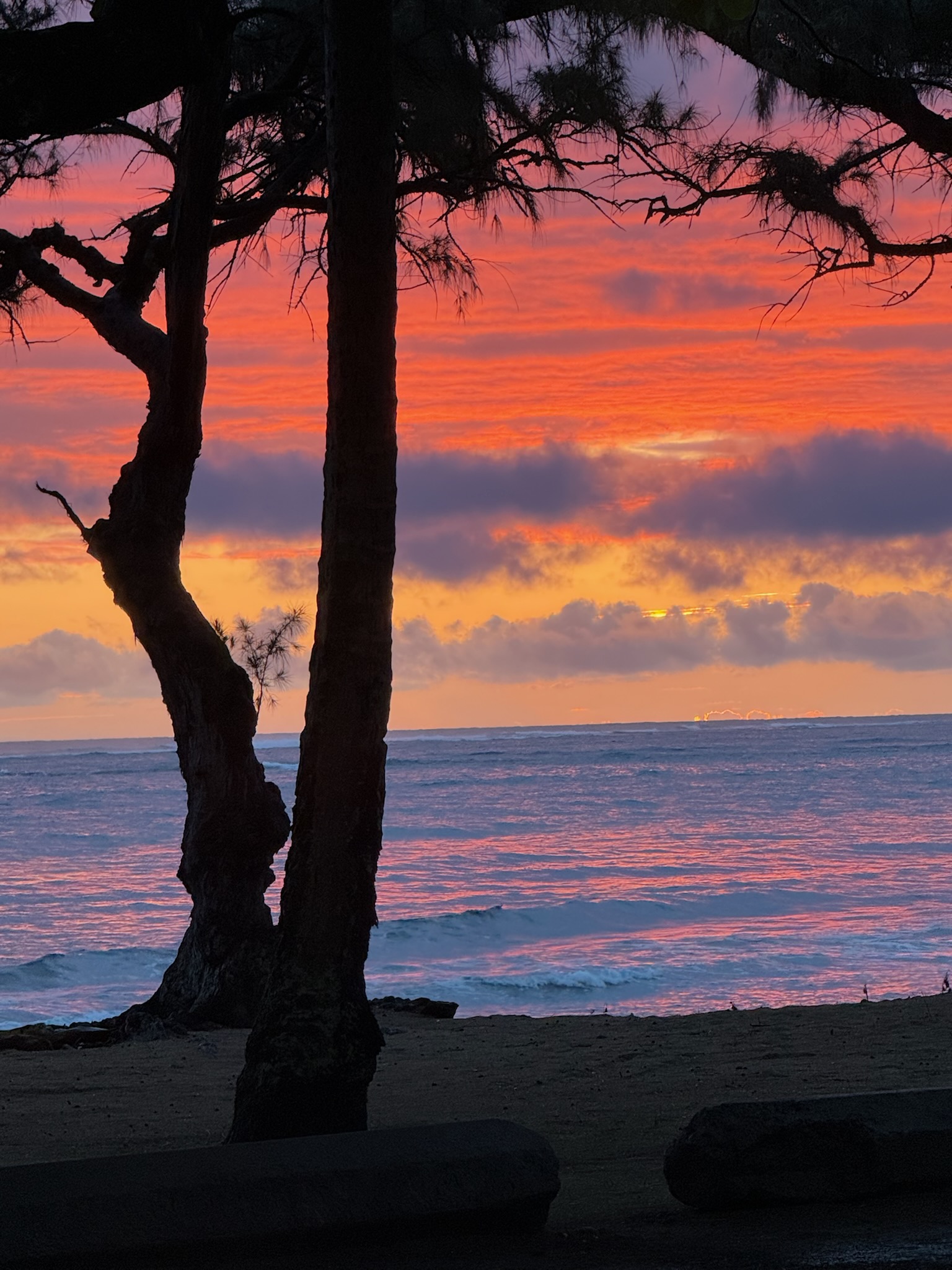
Sunset on O’ahu. Photo by Richard Seaman.

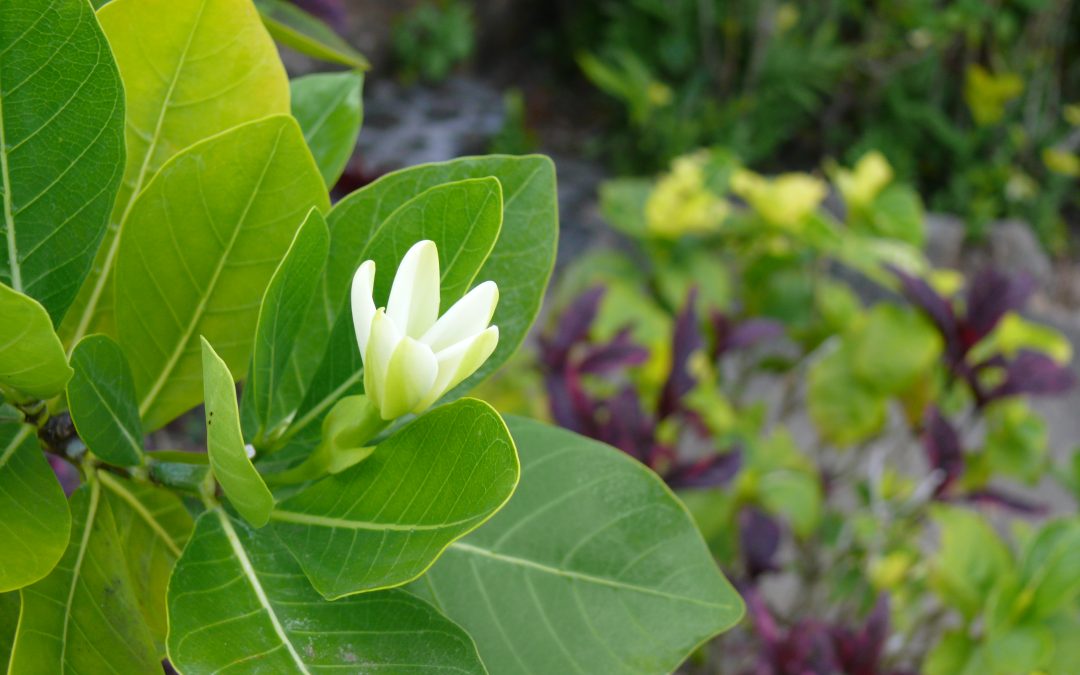
Recent Comments